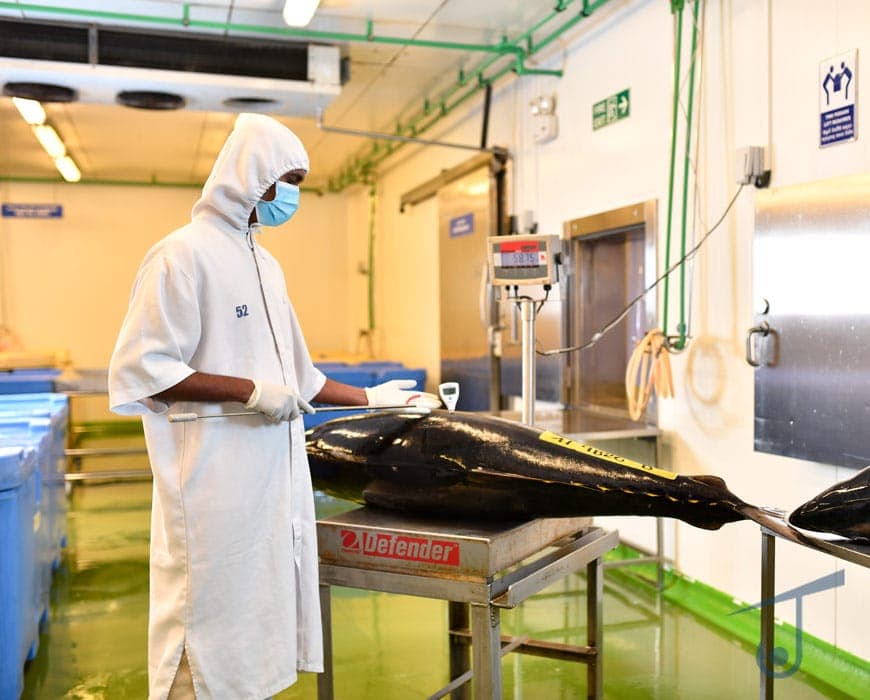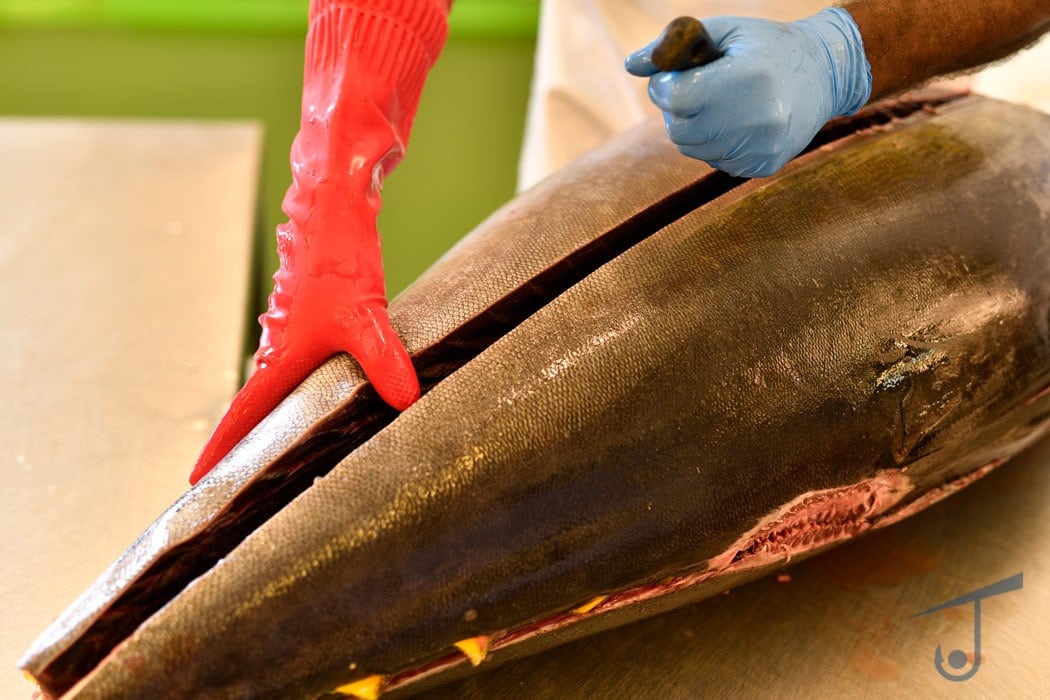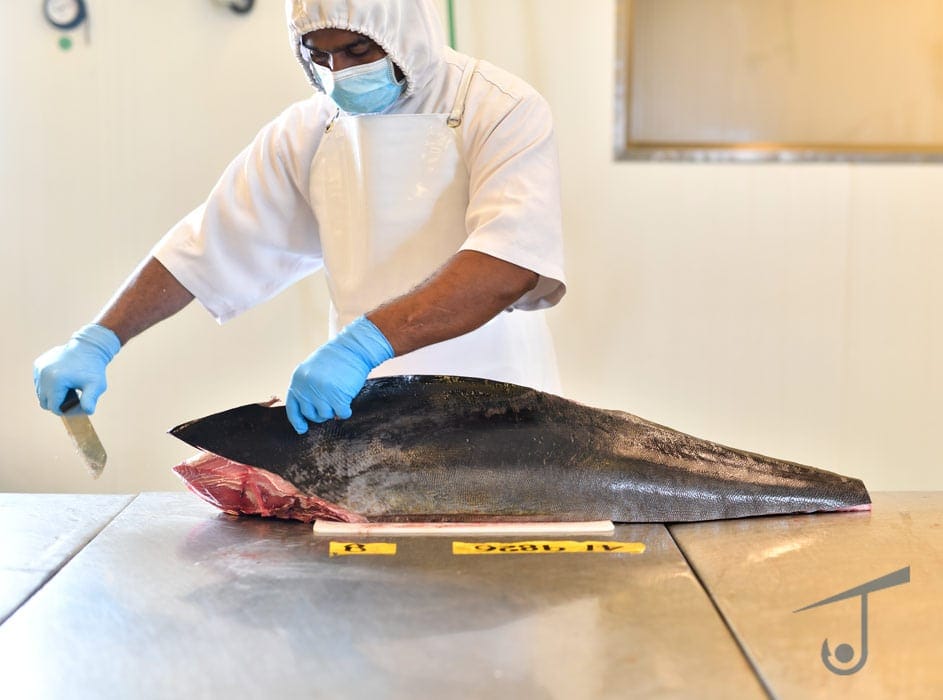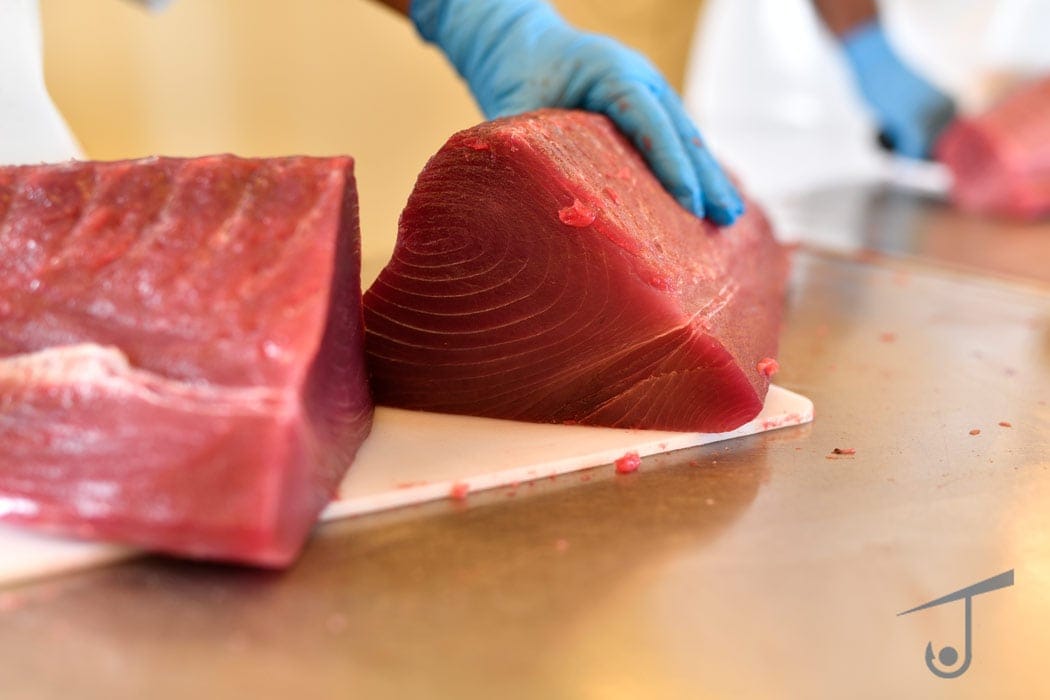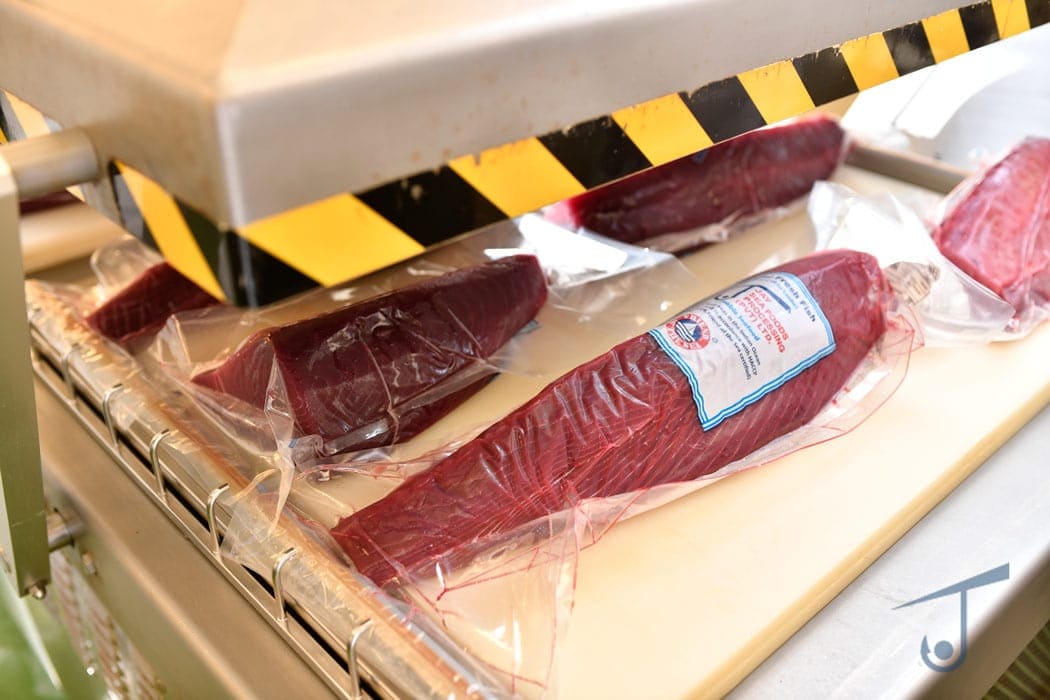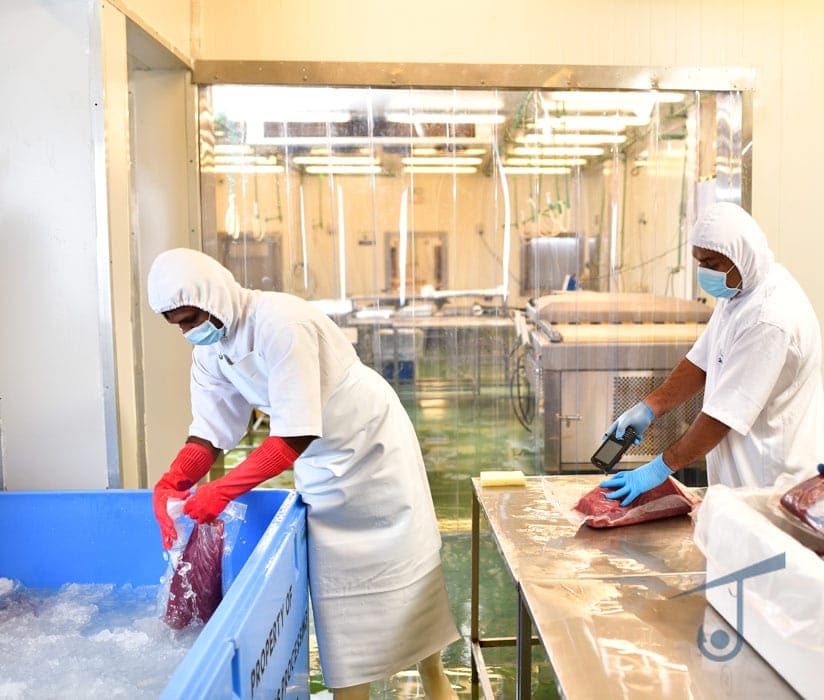Our Processes
We are one of the top seafood processing companies in the region, because our highly trained team of expert assessors choose only the best quality seafood for processing in our in-house state-of-the-art processing facilities. The fresh catch is processed and exported to the buyer within a span of 3 days. Operations are in strict accordance with HACCP Food Safety Management Systems, all EU and FDA Food Safety Regulations and as per the guidelines of the local authority (Department of Fisheries & Aquatic Resources) as specified for the seafood industry. This allows us to safeguard our Customers and Workforce, and ensure that delivering high quality products to our clients in Europe, United States and elsewhere globally, is the number one priority. Our products are packed with plenty of gel ice (+ dry ice) in order to maintain the best food product quality. All seafood products are maintained at O°C until they are dispatched from our factory to ensure total freshness. Being one of the leading fish processing companies in the region, we have implemented best in class processing techniques in our processing plant to ensure the highest quality seafood products for our buyers and have established “JAY” as a leading brand in the global seafood markets.
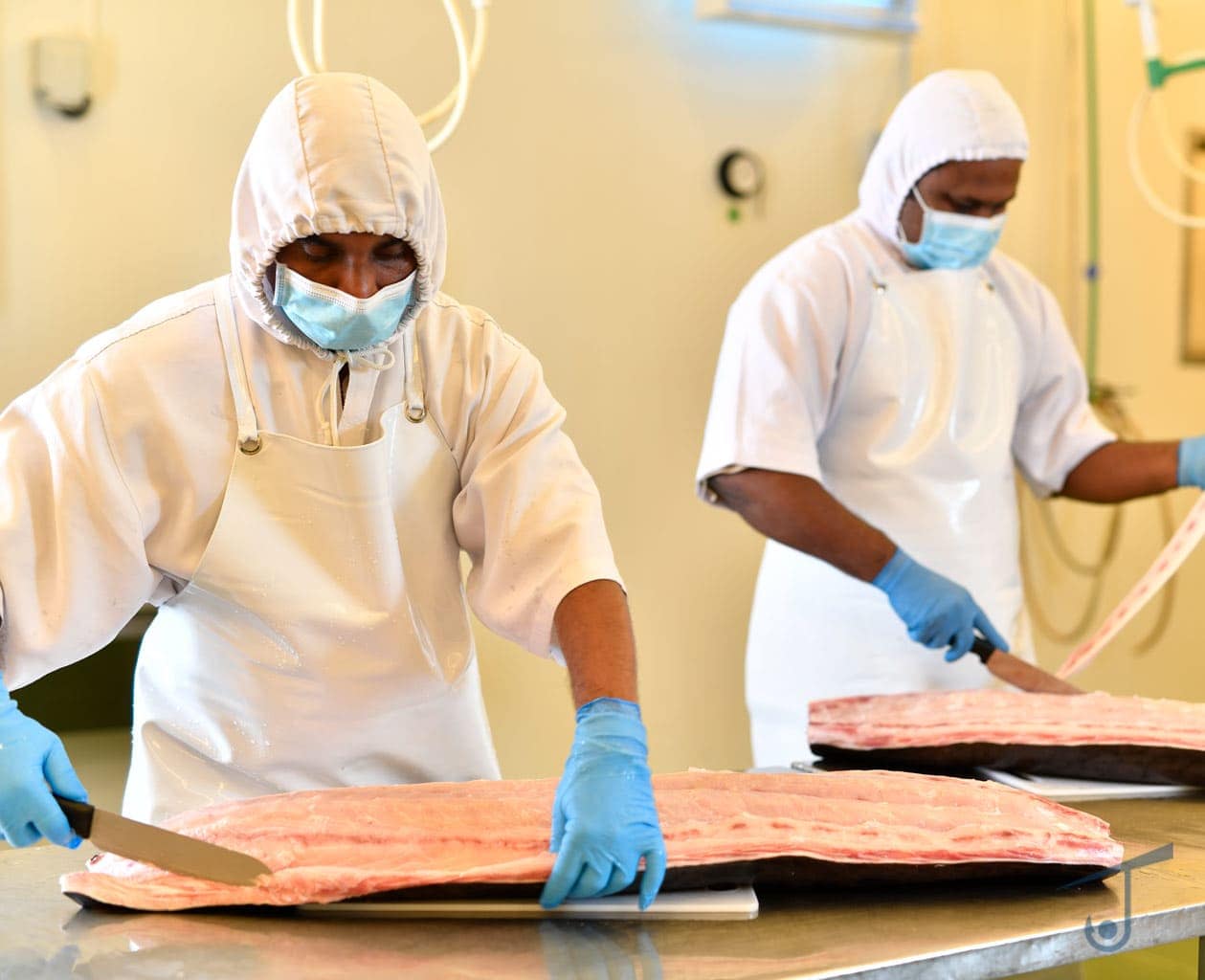














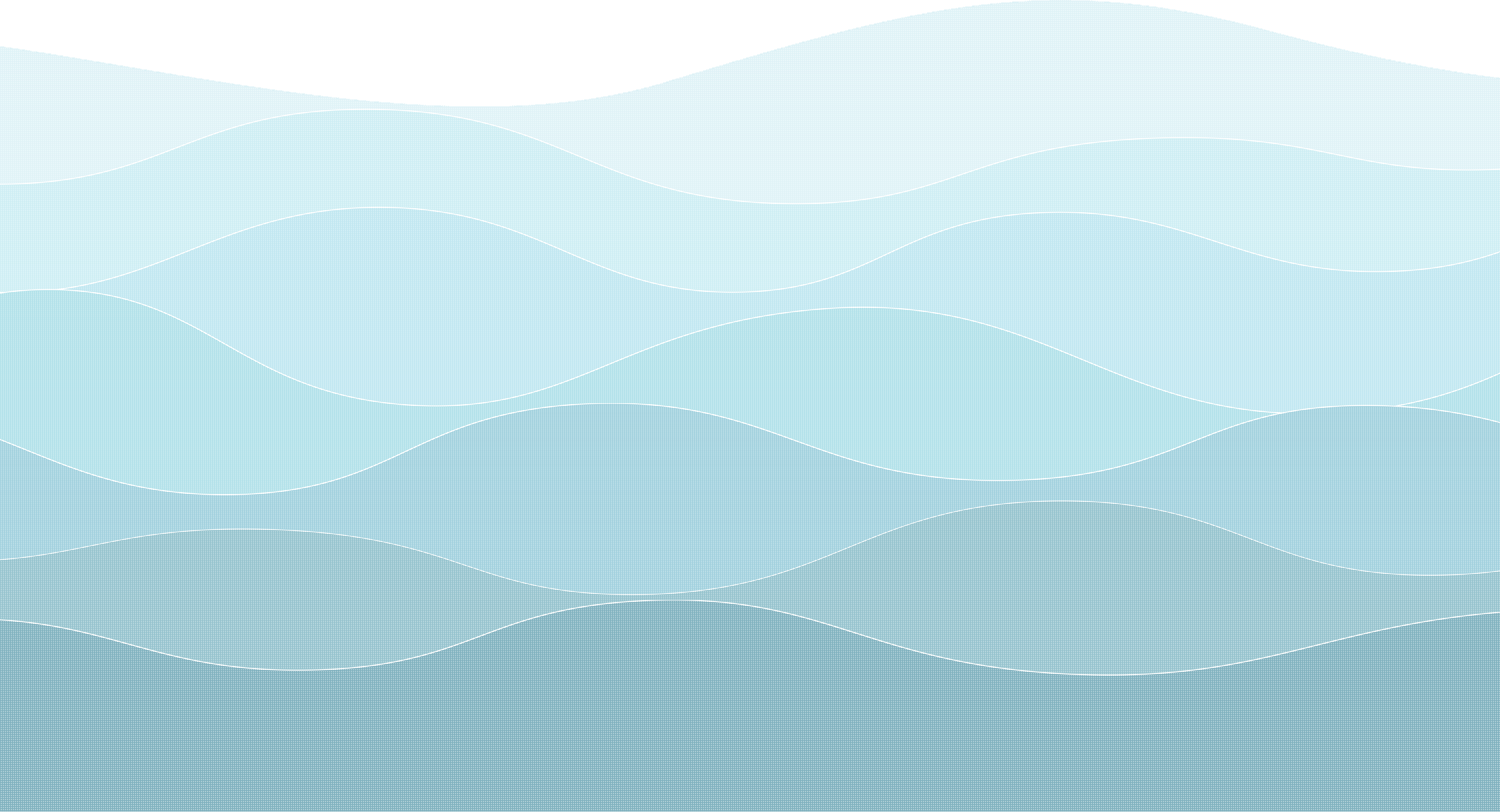

A sneak peek at our operations
The Jay Sea Foods seafood processing journey: from the sea to the plate


Interested in importing our product? Drop us a message now



